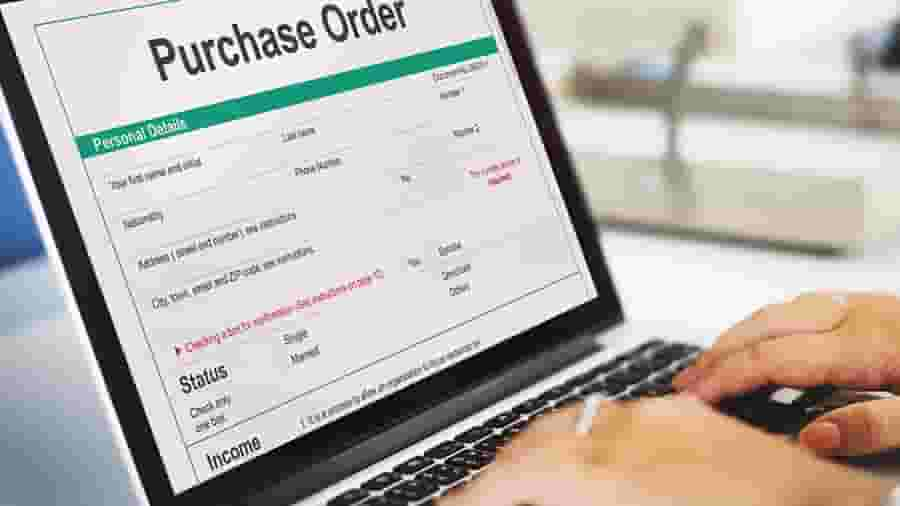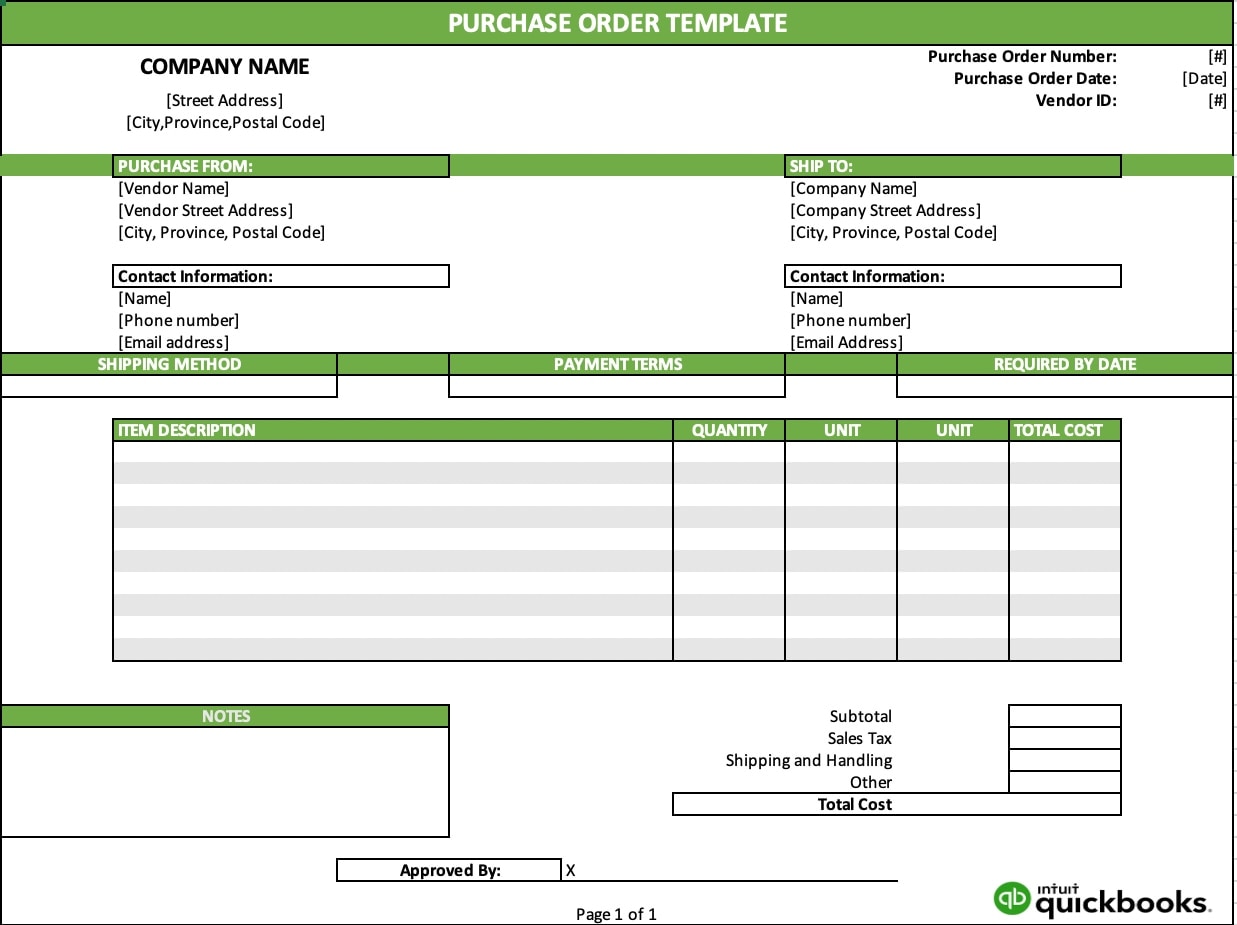When Should You Use a Purchase Order?
Purchase orders are most commonly used by businesses whenever they must purchase supplies or inventory on an account to fulfill their customers’ demands. These documents are a key part of the purchasing process.
Suppose you need to restock your inventory with specific products you want to sell in your store. You would issue a purchase order to the supplier that sells you those items at an agreed-upon price point and delivery method.
Once the supplier has delivered the items to you, and the order process has been fulfilled, you would need to pay them for these goods. The seller will issue you a sales invoice, using the corresponding PO number for easy referencing. From that invoice, you can pay off the order and complete the transaction.
Using a blanket order
A blanket order, or blanket purchase agreement is a purchase order that covers an ongoing contract between the buyer and seller. This agreement allows for multiple purchase deliveries over a period of time. The blanket order will run for as long as credit is extended to the buyer from the seller.
Therefore, your company should consider using blanket orders when there is a recurring need for goods or services that the seller in question is providing to you.
Can you cancel a purchase order?
An order purchase can be cancelled as long as the order has not yet been shipped and fulfilled. If the order has already been fulfilled, then the PO cannot be cancelled. So, is a purchase order a contract? Specifically, it is a binding contract between the two parties and must be honoured; otherwise, legal action can be taken against you.














